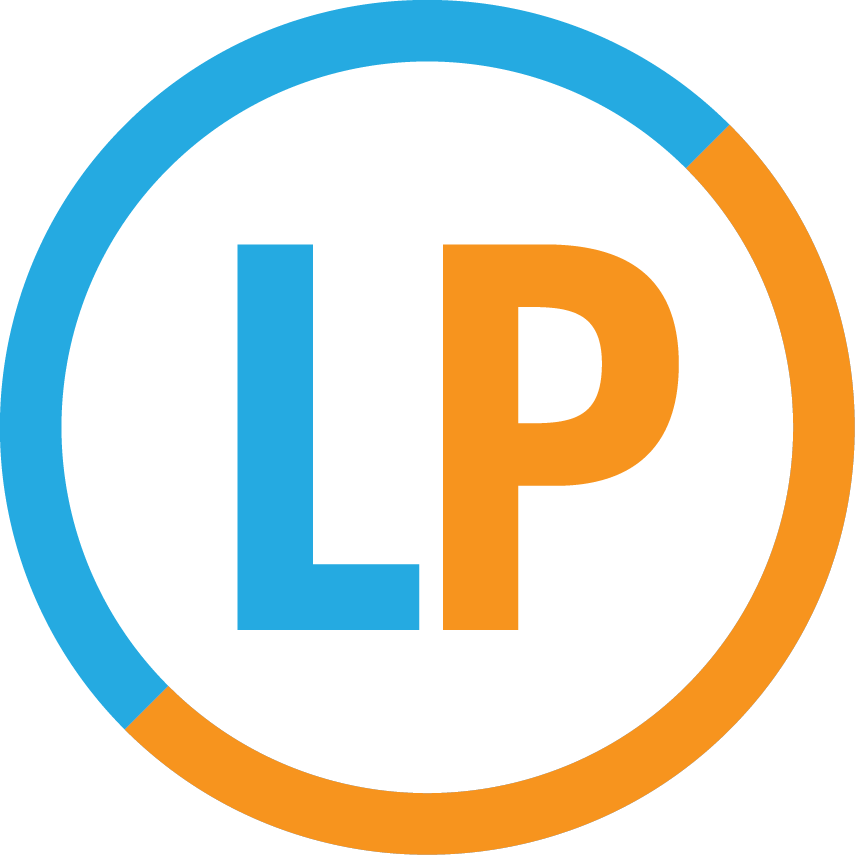Now that we’re a few years into the “new” SAT (which was completely overhauled in 2016), I’ve started to see more of my students opting to take it over the ACT. One major difference between the tests that often gets overlooked, however, is the essay. If you’re considering both tests, I’d recommend practicing each test with the essay — which you can (and should!) do during the diagnostic process here at LP. And to get you started with thinking about the SAT essay, here’s a couple of quick tips based on the SAT essays that I’ve seen.
First, let’s take a look at an SAT essay prompt. Before the passage, you’ll see this box:
And after the passage, you’ll see this box (just replace “Jimmy Carter” and “the Arctic…” with whatever your passage is about):
Notice how, unlike the ACT, the SAT does not ask you to argue your opinion on a topic; instead, you are asked to analyze how effectively someone else makes their points.
Here are some do’s and don’ts to consider when writing the SAT essay:
DO paraphrase or quote from the most important parts of the passage to demonstrate your reading comprehension. A full third of your score is “reading,” and your grader can only evaluate how well you’ve read from your writing.
DO try to fill close to two handwritten pages, and try to leave yourself a couple of minutes to revise your work for spelling and grammar mistakes. Now, according to the rubric, your ideas should matter much more than length and spelling. But think about your grader, who’s probably going through hundreds of essays very quickly. These types of things can end up mattering more than they probably should.
DO consider a “three-prong” thesis statement to clearly lay out your essay’s structure — something like “Through his X, Y and Z, Jimmy Carter makes a persuasive case that the Arctic National Wildlife Refuge should not be developed for industry.” Sure, it’s not the most “sophisticated” thesis statement. But you have 50 minutes to read and write your essay, and your grader knows that. However, this leads straight into my one big “don’t,” based on the essays that I’ve seen...
DON’T cram “rhetorical devices” into your thesis or topic sentences unless they are a major, recurring part of the passage. Honestly, it’s stronger to say “at the close of his argument, the author appeals to carefully selected facts and statistics to underscore his point” than to try to force “the author’s use of logos” into your essay and make it sound natural. There might be one or two devices that are present enough to warrant an entire paragraph (appeals to emotion and personal anecdote are two common examples) — and in that case, go for it! But if you feel like you’re “forcing it,” take another approach.
INSTEAD, pick a broader, more descriptive category for your topic sentence, and explain how this category functions for the author’s argument: rather than “the author uses diction to make his point,” say “the author richly describes the natural world, helping the reader to visualize what’s at stake.”
Now, this isn’t to say you should avoid mentioning rhetorical devices entirely. When you notice rhetorical devices, show off what you know! For example, when analyzing a specific piece of evidence in a body paragraph, you can say something like, “Carter’s description of nature in this quote edges on hyperbole” (before going on to further explain how that likely affects a reader). Just don’t let rhetorical devices become a “crutch” for your topic sentences. Your topic sentences should allow you to talk about all the most important parts of the passage, not constrain you to a list of rhetorical devices that you’ve memorized.





